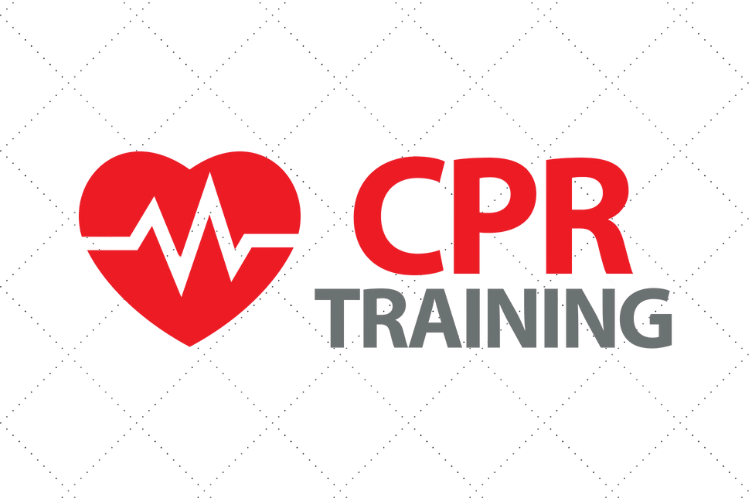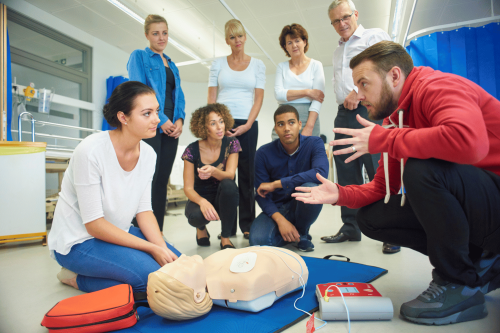
Getting CPR-certified online is a convenient way to learn life-saving skills, but many people question its validity, cost, and process. Below, we answer the 6 most frequently asked questions about online CPR certification, based on real Google searches, to help you make an informed decision.
1. Is Online CPR Certification Valid and Recognized?
Yes, online CPR certification is valid if issued by an accredited provider (e.g., the American Red Cross, AHA, or NSC). However, there are important caveats:
`- Workplace & Industry Requirements:
- Most employers (e.g., schools, gyms, offices) accept fully online certifications.
- Healthcare workers (EMTs, nurses, etc.) often need a blended course (online theory + in-person skills test) to meet OSHA or employer standards.
- Accreditation Matters:
- Look for courses following ECC/ILCOR guidelines—the gold standard for CPR training.
- The American Red Cross and American Heart Association (AHA) are the most widely recognized.
Pro Tip: If you’re certifying for work, check your employer’s policy first—some require specific providers.
2. Does Online CPR Certification Include Hands-On Training?
Most online-only courses do not include hands-on practice, but there are exceptions:
- Blended Learning Options:
- Organizations like the Red Cross and AHA offer hybrid courses:
- Complete the theory portion online (~2–3 hours).
- Schedule an in-person skills check (~30–60 mins) for certification.
- Required for BLS (Healthcare Provider CPR) and some workplace certifications.
- Organizations like the Red Cross and AHA offer hybrid courses:
- Practice-at-Home Kits:
- Some providers sell CPR manikins with feedback devices for self-training.
- Note: These do not replace in-person evaluations for blended certifications.
3. How Long Does Online CPR Certification Take?
Most courses take 1–4 hours, depending on the level:
| Course Type | Estimated Time |
|---|---|
| CPR/AED (Basic) | 1–2.5 hours |
| First Aid + CPR | 2–4 hours |
| BLS (Healthcare) | 3–4 hours (online) + skills test |
Example: The Red Cross online CPR/AED course takes ~2.5 hours, while their blended BLS course requires an additional 1-hour skills session.
4. How Much Does Online CPR Certification Cost?
Prices range from $20–$100, depending on:
- Provider:
- Red Cross: $35–85
- AHA: $50–100
- Non-profits & smaller providers: $20–50 (but check accreditation!)
- Certification Level:
- Basic CPR/AED is cheapest (~$20–50).
- Advanced (BLS, Pediatric CPR) costs more (~$60–100).
Warning: Avoid "free CPR certification" scams—legitimate courses charge for accredited certificates.
5. How Long Is Online CPR Certification Valid?
Most certifications expire after 2 years (Red Cross, AHA, NSC). After that, you must retake the course to stay certified.
- Some industries require annual renewal (e.g., healthcare, childcare).
- Refresher courses (shorter & cheaper) are available for recertification.
6. Will Employers Accept My Online CPR Certification?
Most do, but it depends on your job:
✅ Accepted for:
- Teachers, coaches, babysitters
- Office safety teams, construction workers
- General workplace compliance
❌ May Require In-Person/Blended Training:
- Healthcare professionals (nurses, EMTs)
- Lifeguards, firefighters
- Some state-regulated childcare roles
Always verify with your employer before enrolling!
Bonus: How to Choose the Best Online CPR Course?
Not all courses are equal. Look for: ✔ Accreditation (Red Cross, AHA, ECC/ILCOR-compliant) ✔ Employer recognition (check workplace requirements) ✔ Blended options if hands-on training is needed ✔ Printable certificate (immediate proof of completion)
Final Thoughts
Online CPR certification is legitimate, convenient, and cost-effective—but only if you choose an accredited provider. For healthcare or high-risk jobs, opt for a blended course with hands-on training.
Need certification? Compare top providers like the American Red Cross and AHA for the best fit.








 Login with Google
Login with Google Login with Facebook
Login with Facebook